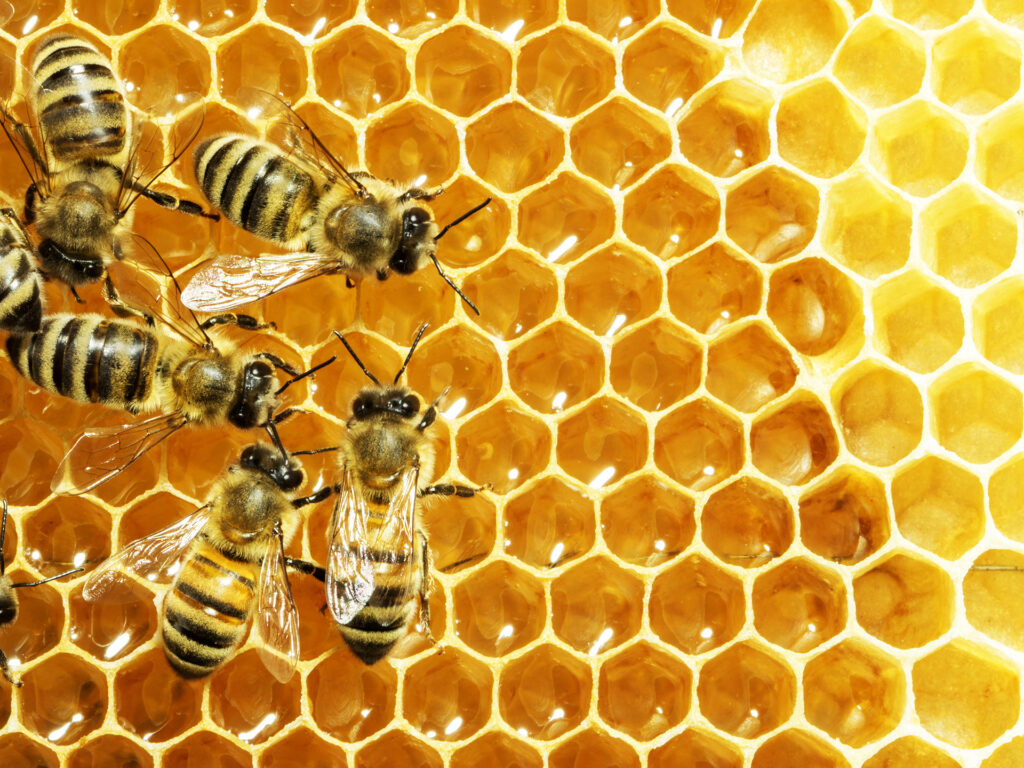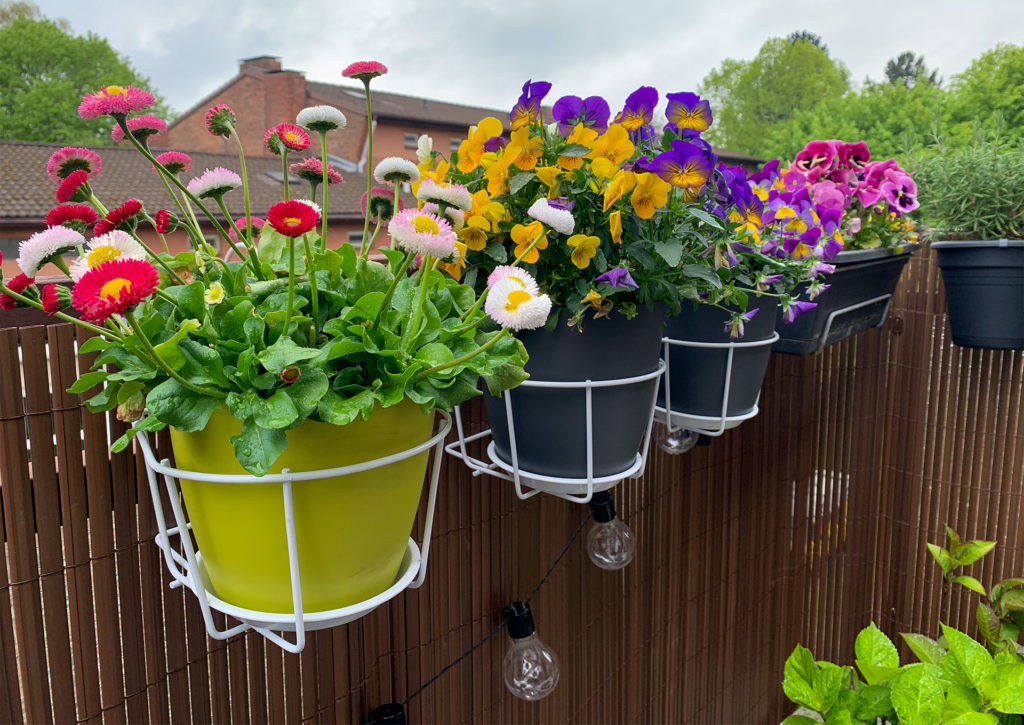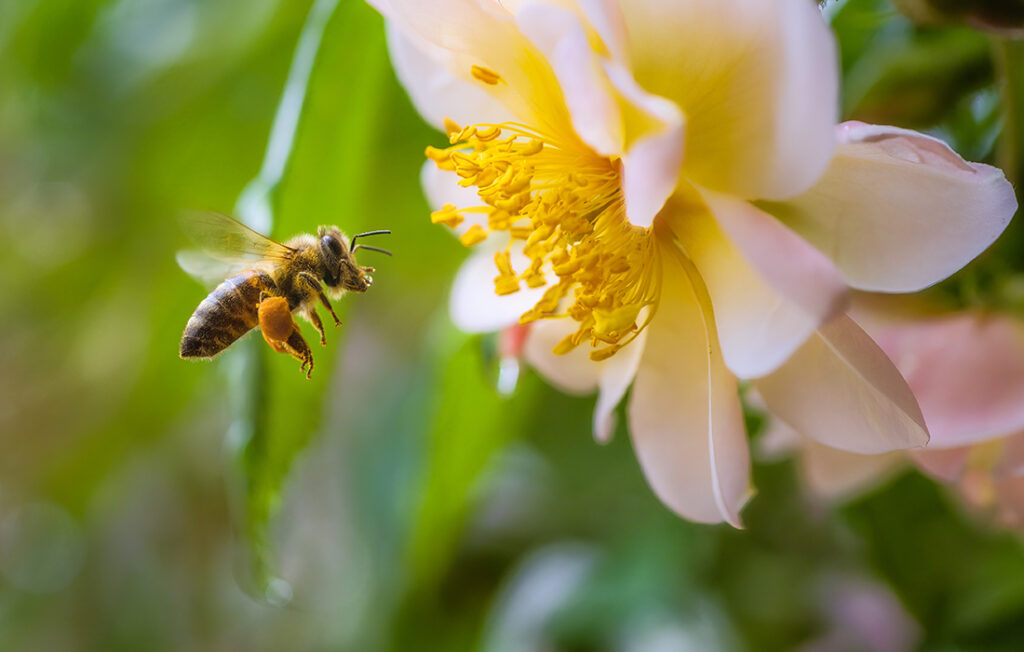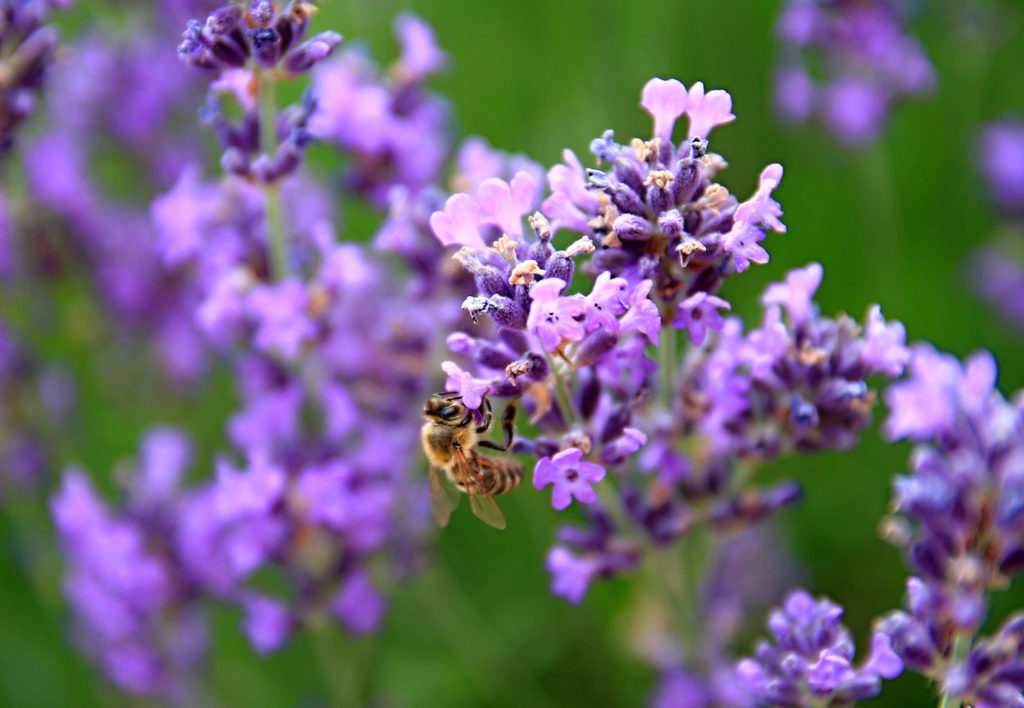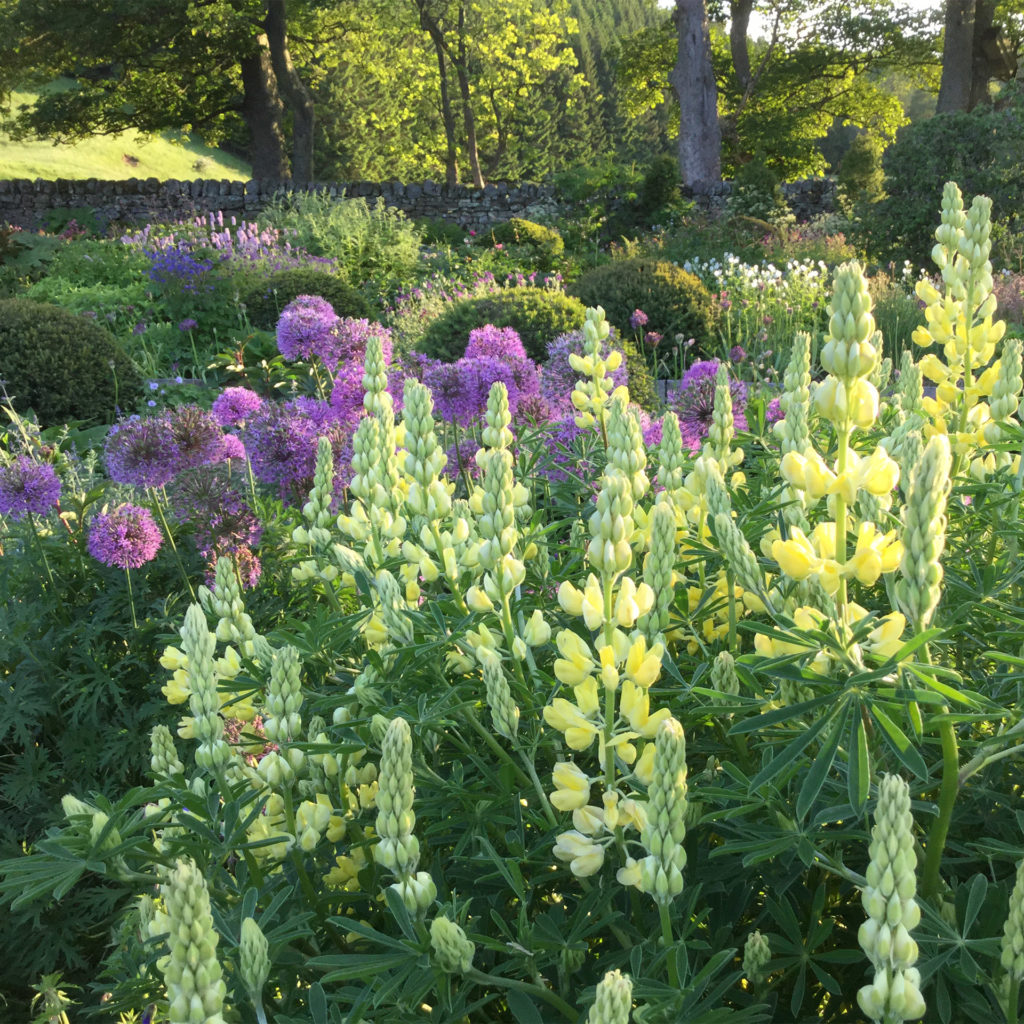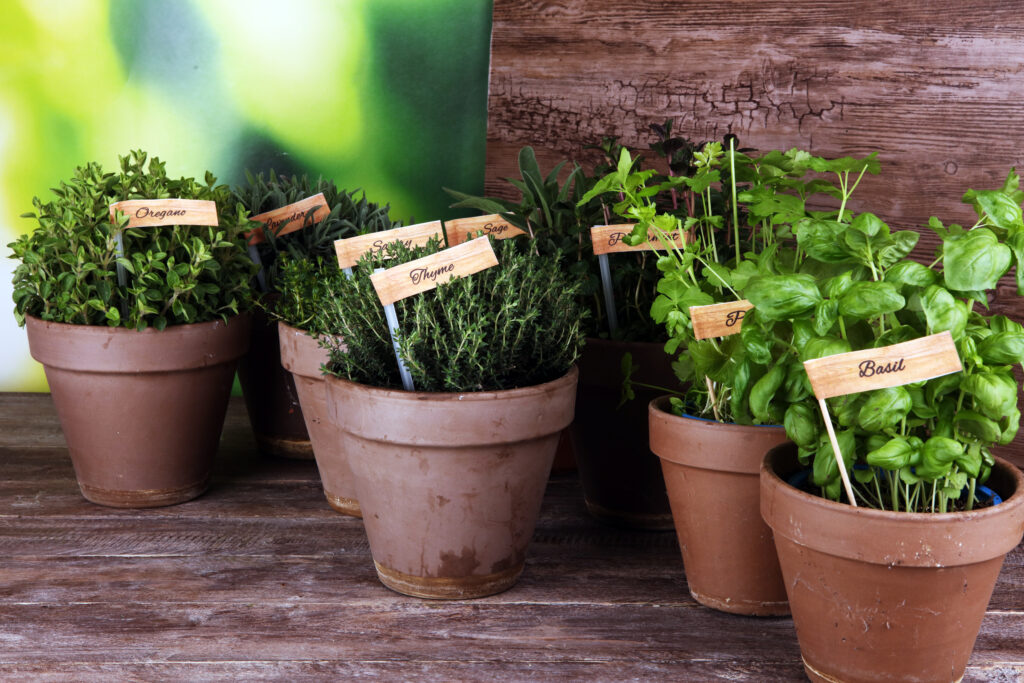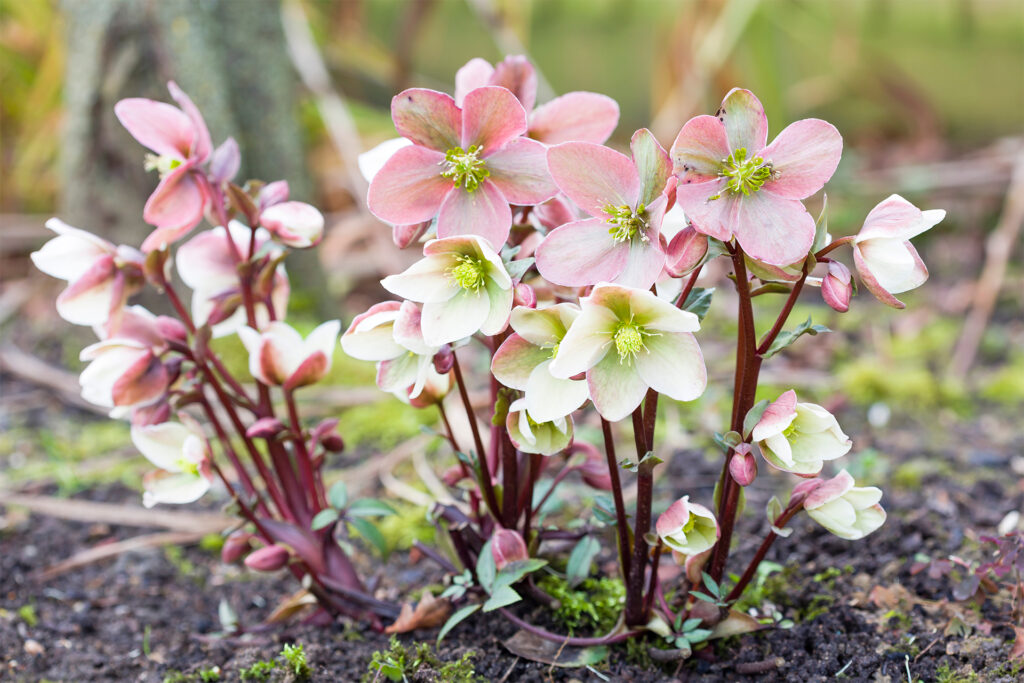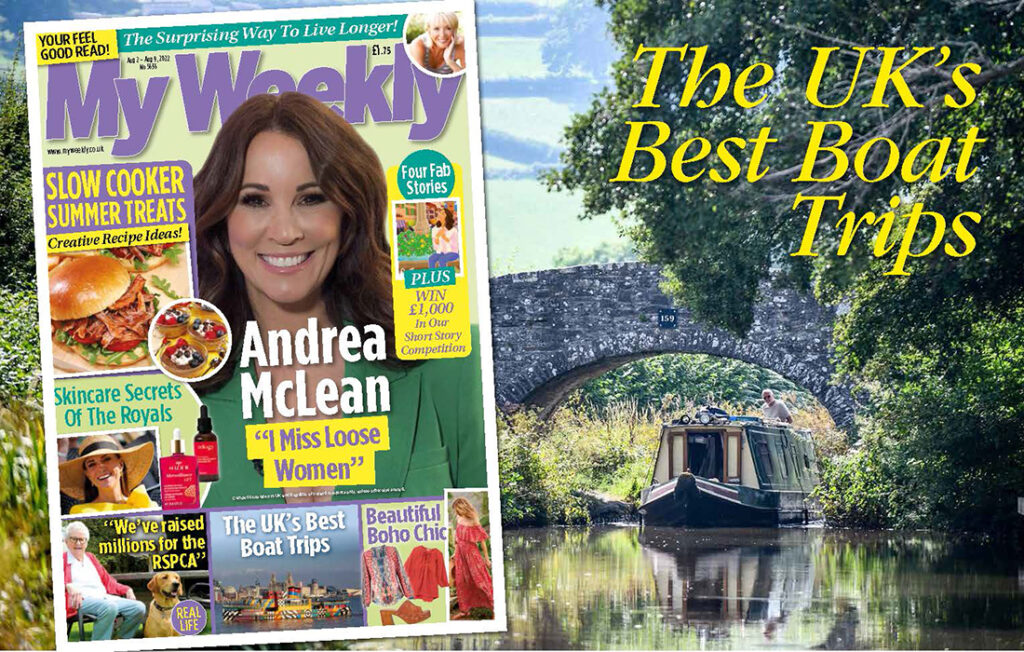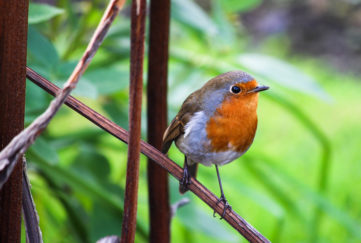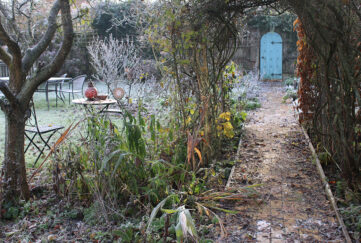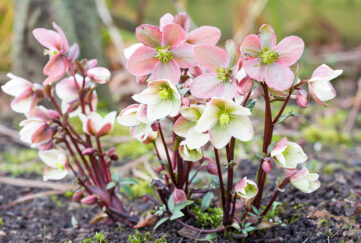Planting Tips For A Bee-Friendly Garden
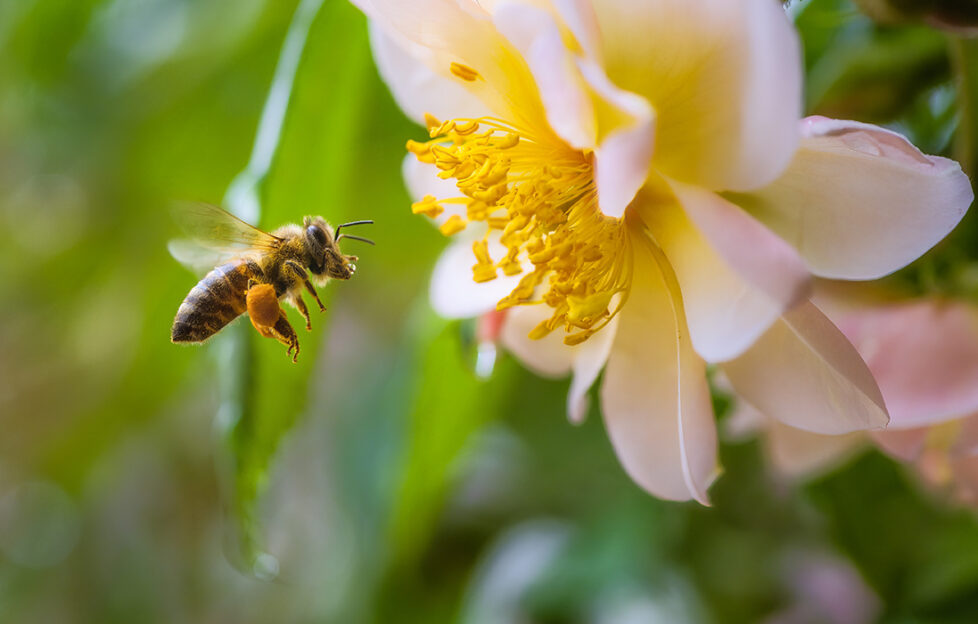
As we enjoy the summer sunshine and look forward to our holidays, spare a thought for our hardworking bees, who toil away all summer!
While some may see bees as a nuisance in the garden (and the occasional swarm should be safely removed by a professional beekeeper), it’s important to understand the vital role these busy little insects play in our ecosystem.
On top of producing honey, beeswax and propolis, honeybees are the perfect pollinators. They are capable of pollinating on a much bigger scale compared to other insects. In fact their work is crucial for fertilising the majority of our vegetable, fruit and arable crops.
Plan for continuous flowers
Bees are under threat in our modern world, with several species being placed on the endangered list. It’s important that we do everything we can to help nature along and ensure that our gardens, no matter how big or small, provide a perfect pitstop for these vital creatures to refuel.
Whether planting in the ground or in containers, your garden or balcony can be a haven for visiting bees. The Original Factory Shop is on hand to provide a guide on how to best plant your garden to support bees.
For more inspiration on home, garden and fashion essentials, head over to The Original Factory Shop Blog which will be offering up an array of advice and handy tips to get you through the year.
Different ways to help bees
By adding in a few suitable plants and shrubs which flower at various times, you can help ensure that visiting bees can easily feed in your garden. They may even pollinate your own crops and help with that bumper harvest in your fruit and veg patch!
Getting to the heart of it
Double flowers often have so many petals that bees cannot reach the central part of the flower, where nectar and pollen are found. Roses and dahlias, which are often elaborate, also have beautiful single-flowered varieties available, so focus on those.
Other highly bred flowers may not produce nectar at all – beautiful, but disappointingly empty for bees.
And bees’ favourite colour is…
The colour purple is more visible to bees than any other colour! Some of the best plants for bees have purple flowers for example Lavender and Buddleia. Don’t worry if you don’t want a mauve mood throughout, as other coloured flowers will still attract bees too.
Bee Friendly Plants and Shrubs
Lavender
Coming in a large variety of species, lavender can thrive in dry conditions. Not only can you take care of bees with this plant, but you can also add a touch of Provence and a delightful summer fragrance!
Buddleia
Another very fragrant addition to the garden, this attractive, hardy shrub will add a flurry of flowers and the heady scent is a real treat on a summer evening.
Alliums
More popular than ever this showy onion relative will not only delight with globe shaped bursts of colour, but our winged friends will also be buzzing with delight!
Roses (single)
There is a trend here. Flowers that smell nice to us are generally pretty popular with bees too! The single rose varieties not only add a touch of class to any garden or patio, but they are also another easy nectar source for bees to feed on.
Bluebells
These blue beacons will be a welcome feast in the spring, once the bees are highly active again. They can be naturalised in borders, in shade under trees or grown in containers on a patio or balcony.
Thyme
This kitchen herb essential will be carpeted with flowers in spring and summer, making it a valuable plant for an extended period of time for bees to frequent.
Best flowers for bees all year round
- Bluebells, crocus, and primrose are great spring flowers for bees
- Foxgloves, thyme, and hardy geraniums are ideal for early summer
- Lavender, sedum and buddleia are ideal for the height of summer
- Winter honeysuckle, hellebores and winter clematis will help in the darker months
Things to remember
Here are a few key pointers for year-round bee care in your garden…
- Think of the seasons and try to keep something flowering all year round
- Some bees will emerge early in winter if it is mild
- Spring to autumn is the most active bee period
- Provide water to help keep bees hydrated – this could be a shallow dish with marbles/stones
- Avoid using pesticides! Focus on organic methods wherever possible.

